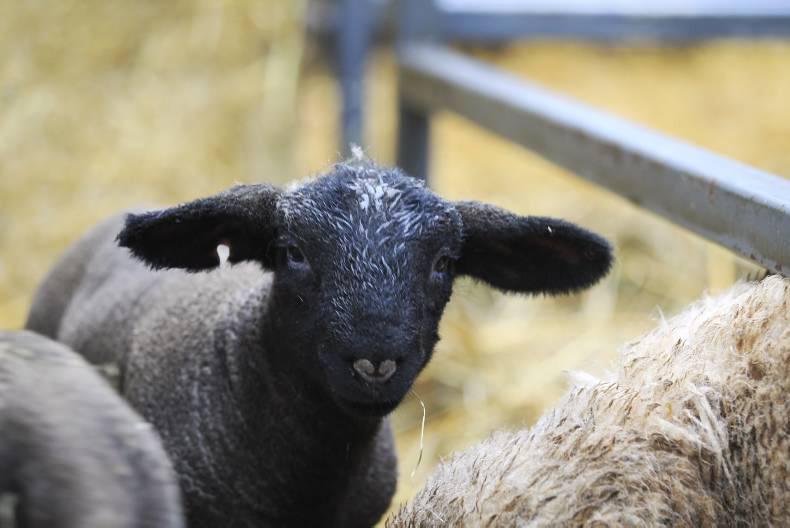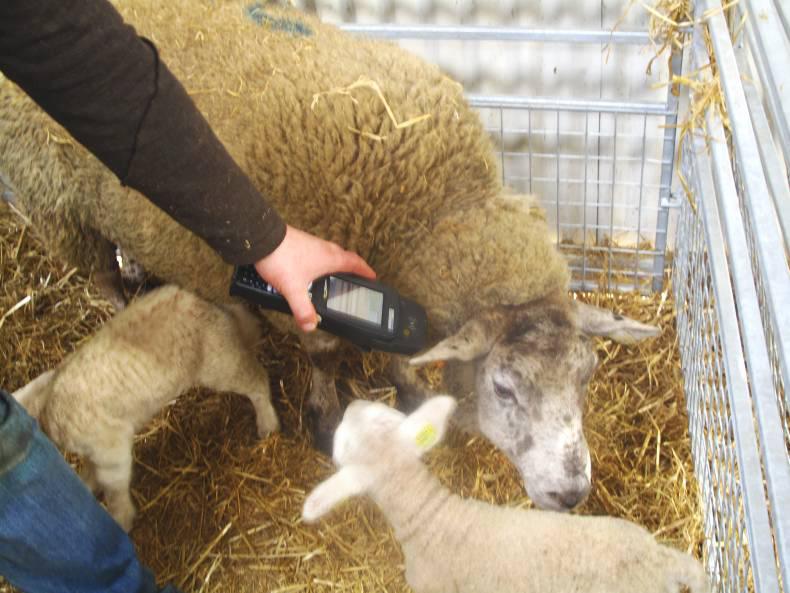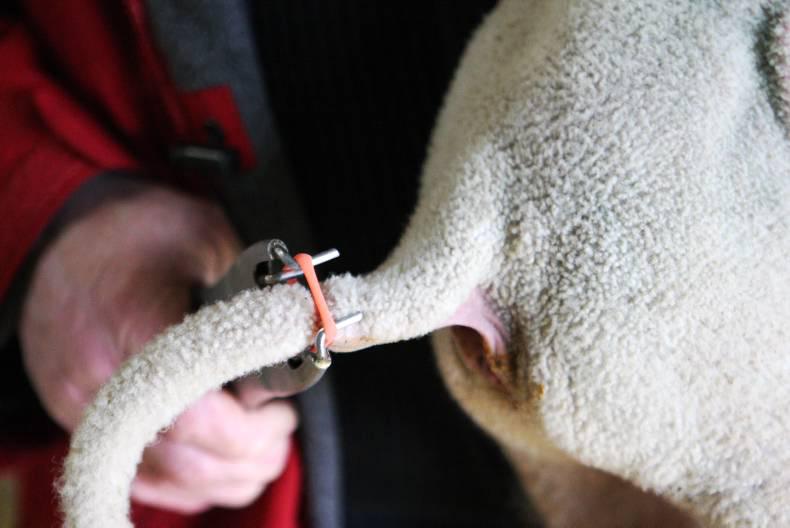For many, this spring’s lambing could be busier than ever following a compact breeding season with very few repeats. While tasks such as tail docking or identifying potential replacements take time, they are worth doing correctly to avoid issues down the line and to allow more accurate decisions.
Tail docking
It may not seem like a major factor, but tail length influences physical appearance and is a topic that is likely to be raised at breeding sales each year. The concern or debate generally raised is that tails are docked too short.
While farmer preference on the subject differs, there are regulations that must be adhered to by law. The minimum tail length allowed under legislation is a tail long enough to cover the vulva in female sheep and anus in male sheep.
An animal’s tail generally grows in unison with its body as it gets older. Therefore, a tail long enough to cover the vulva or anus at tail docking will generally be sufficient in later life.
The most common method of tail docking in Ireland is with rubber rings (this must be carried out within seven days of birth). Many farmers have their own routine or guideline for docking.
The approach that generally works best for most is to insert the rubber ring on the area where the flesh meets the wool on the underside of the tail. Before applying the rubber ring, it is worth gauging or double-checking if this is sufficient in length, especially for female lambs.
As rubber rings break the skin, there are precautions that should also be taken. The rubber rings should be clean, with no dirt or rust on the applicator. The lamb’s tail should also be clean, while ewes should ideally have received their clostridial disease vaccine in the final weeks of pregnancy to offer a level of protection against tetanus (passive immunity achieved by colostrum).
There is no ruling that states animals must be tail-docked. In recent years, some farmers have left terminally bred male lambs, in particular, with long tails to make their produce more attractive for the live export market for religious festivals.
However, this poses management challenges in avoiding dirty tail-ends and blowfly strike. On the opposite hand, tails docked too short have been shown in other countries to be linked with weaker muscles in the anus and vulva and a higher incidence of rectal prolapse (mainly in intensively fed sheep) or vaginal prolapse at lambing.
Challenges can be easily overcome by taking sufficient time when docking lambs and double-checking that tails are long enough.
Rubber ring castration
Timing of castration is another topic that frequently generates debate among producers. There are advantages and disadvantages of castrating lambs at birth.
Trials carried out by Teagasc show male lambs left entire having the potential to weigh 1.8kg heavier at weaning (29.9kg versus 31.7kg) and finish 16 days earlier than their counterparts who were castrated at birth, while also producing leaner carcases.
The greatest benefit is earlier in the season or with lambs that have the potential to reach slaughter weight and condition by the end of August. After this, retaining lambs entire raises management challenges, namely in grazing management.
Entire male lambs should be grazed separate to ewe lambs late in the season as lambs will use energy while chasing ewe lambs. There are also marketing issues with entire male lambs late in the season, especially in the home market, which should not be ignored. Weigh up your situation and your target market.
Where using rubber rings, lambs must be castrated before seven days of age. Castration after this can only be carried out by the use of a burdizzo, which must be done before lambs reach three months of age.
Similar to tail docking, it is important that high levels of hygiene are practised. Take care when applying rings to ensure that the two testicles are present inside the scrotum and the rubber rings are not sitting on the ancillary teats.
Where applying rubber rings to lambs, either through castration or tail docking, it is important to do so in advance of lambs being released outdoors, or in the case of outdoor lambing, early in the day, so that lambs are not left behind by their ewes, which may lead to issues such as mis-mothering of lambs.
Identifying potential replacements
The optimum time to identify potential replacement ewe lambs is at birth. This statement may seem strange, but information such as udder or teat size, milk yield and mothering ability will help you make more accurate decisions and help avoid having to overcome the same issues at a later stage.
Identifying these traits early in an animal’s life will allow selection decisions to be based on a combination of accurate production records and the animal’s own performance in early life.
The optimum approach is where female or, in the case of pure breeding, male lambs are identified from the best mothers in the flock and a ram with the desired breed characteristics.
Adopting a method that delivers accurate identification and cuts down on labour at the busiest stage of lambing is essential.
 Spray marking works in the short-term, but the best identification tools are those that are permanent. Ear notching is reliable. Farmers versed in this area will have a system that also allows notches to determine the litter size or year of birth.
Spray marking works in the short-term, but the best identification tools are those that are permanent. Ear notching is reliable. Farmers versed in this area will have a system that also allows notches to determine the litter size or year of birth.
Tagging also works well and has the advantage of being able to correlate the lamb’s tag number with their mothers. The best approach is where lambs are electronically tagged and both the lamb(s) and their mother can be quickly recorded on a handheld device.

A number of tagging companies offer coloured management tags or discs that can be applied with tags to allow quick identification.
In previous years, we have featured farmers who have their own method, such as in early lambing flocks only tail-docking potential replacement ewe lambs. The most important aspect is finding a system that works for your farm.






 This is a subscriber-only article
This is a subscriber-only article













SHARING OPTIONS: